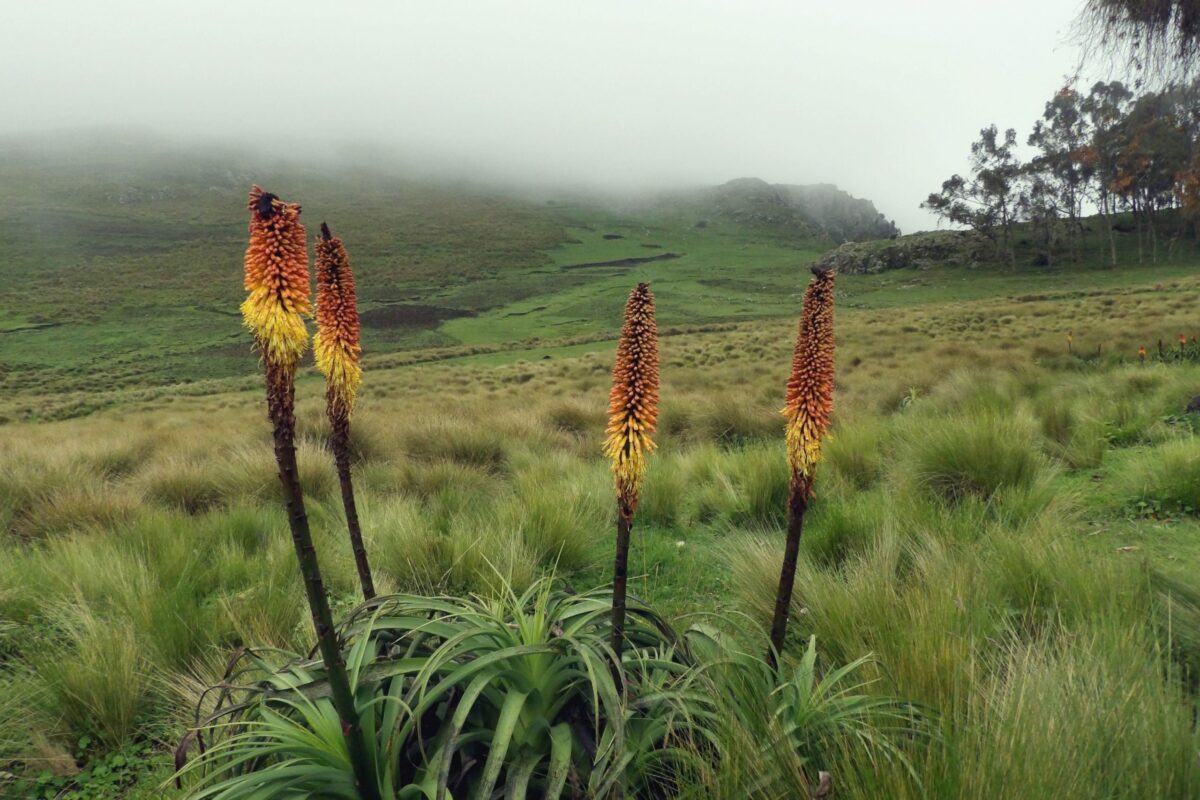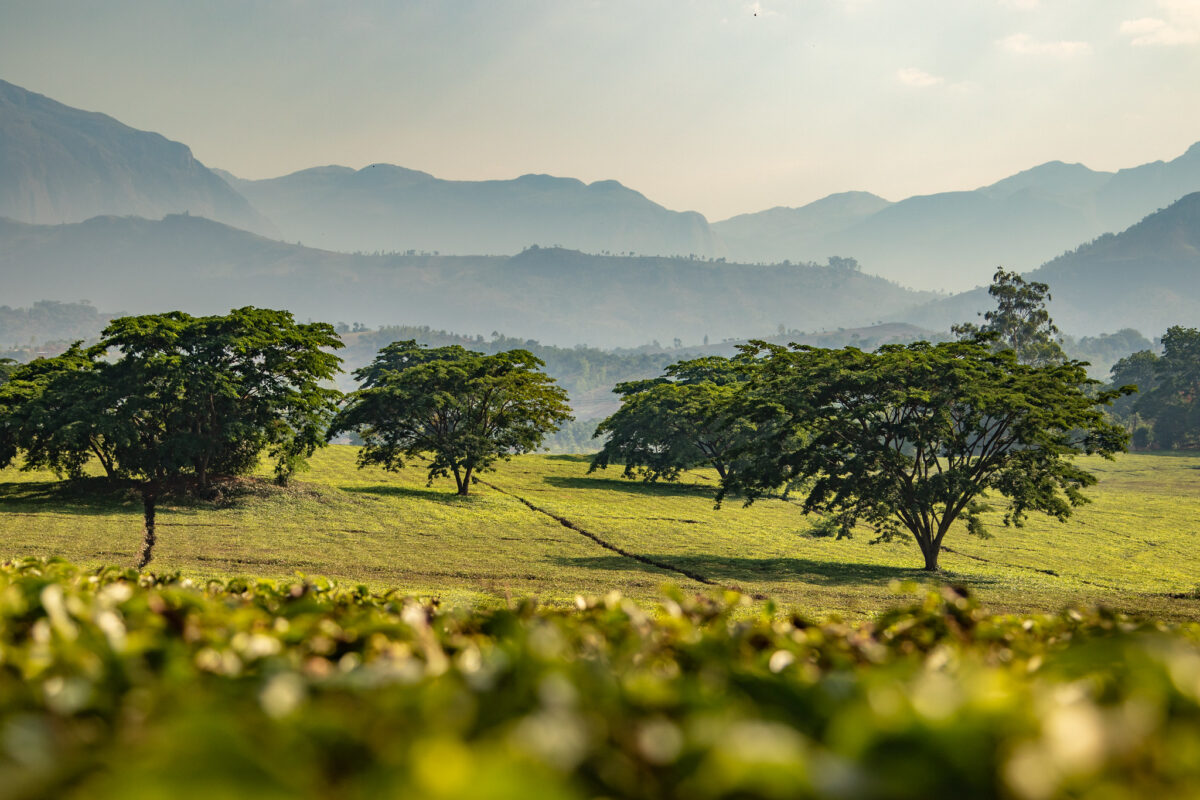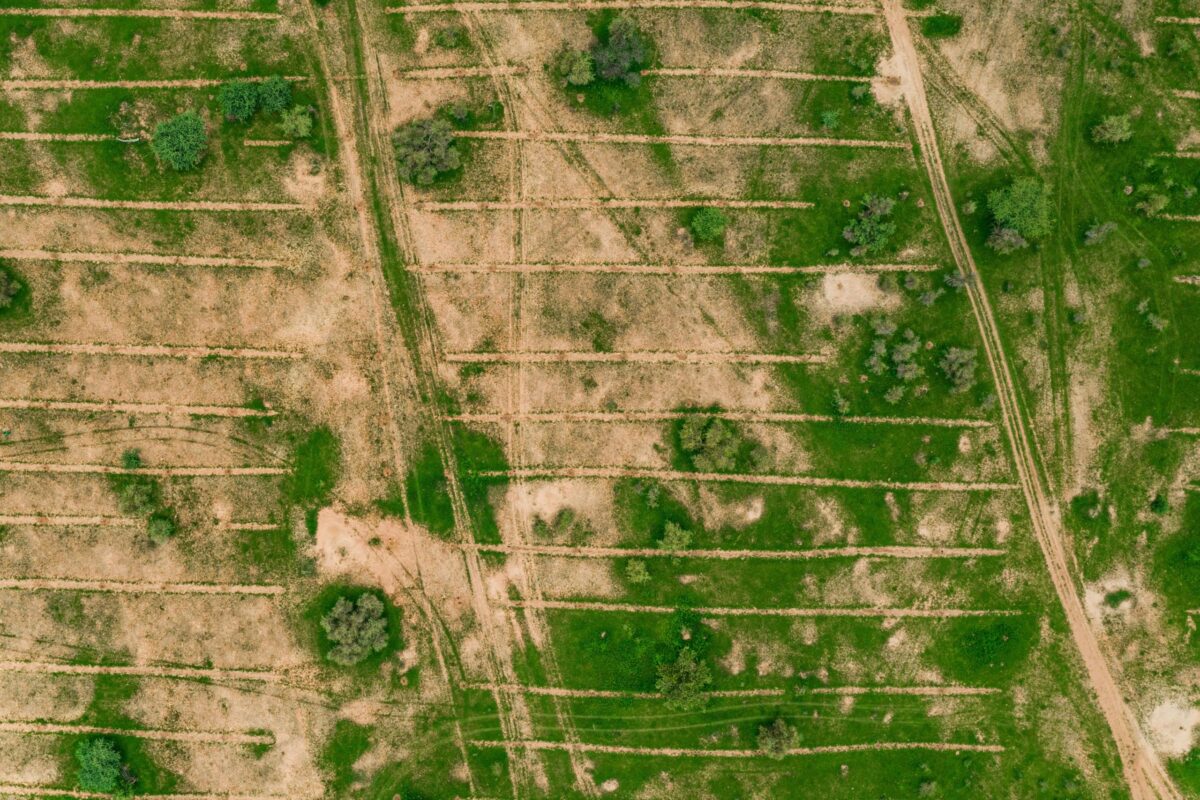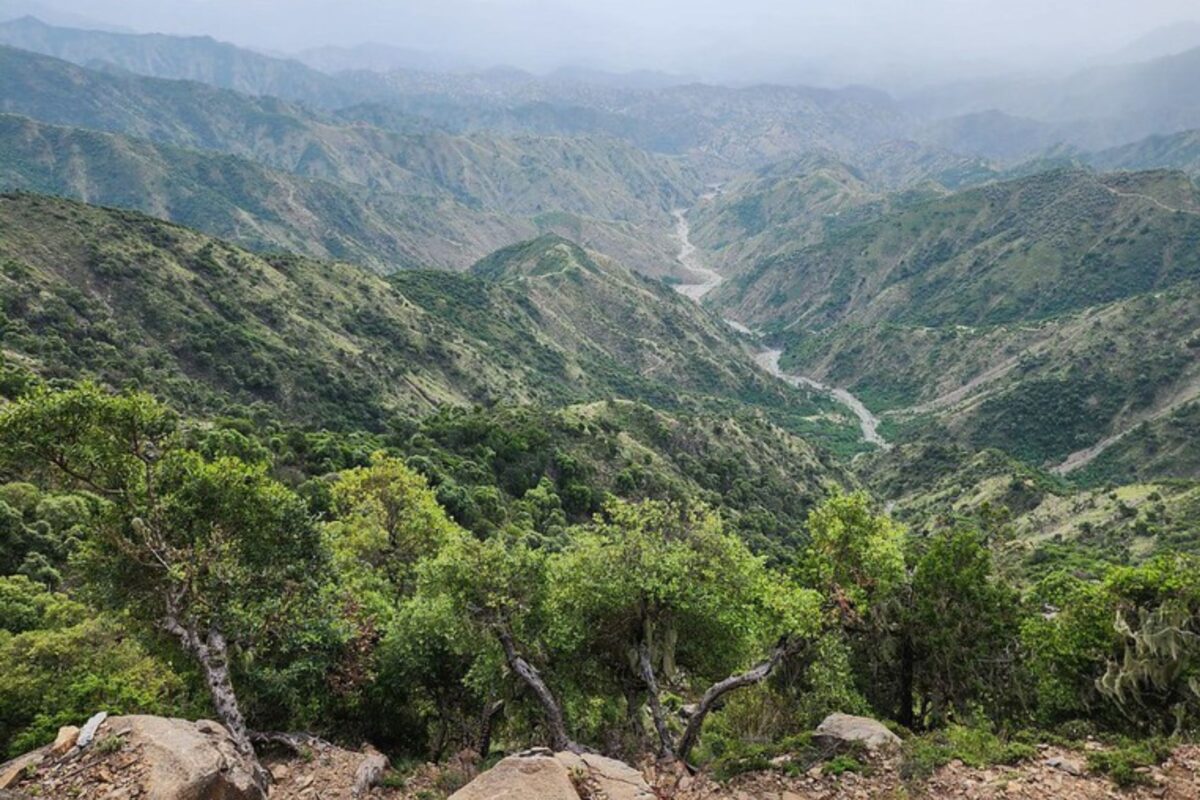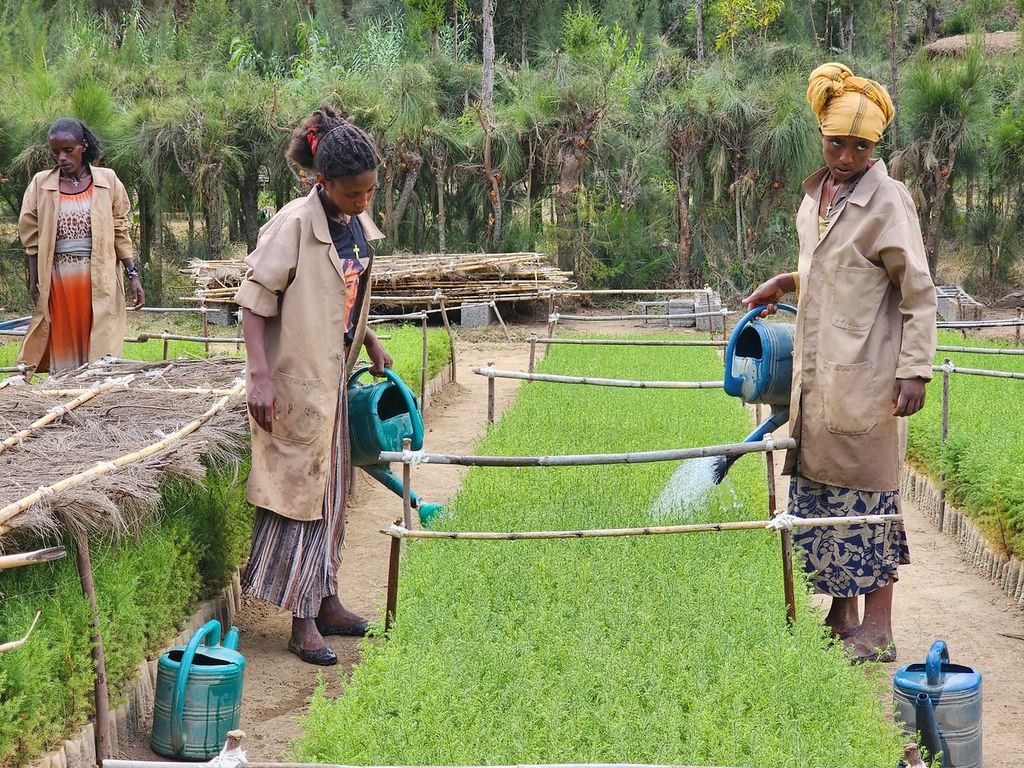When it comes to preserving our planet’s natural ecosystems, the terms “reforestation” and “restoration” are often used interchangeably. In fact, while there is some overlap, they’re quite different – and WeForest’s approach encompasses both, and more besides.
Reforestation: Regenerating lost forests
Reforestation involves the natural or intentional regeneration of tree cover after forest loss. It includes activities such as planting nursery-grown seedlings in areas that have experienced severe wildfire, pest outbreaks, or land clearing for agriculture or development. Reforestation, in short, is tree planting – but it could be with non-native species, or without any intention to recover biodiversity. Lost forests are sometimes replaced by other forest systems, such as a pine plantation for example.
Reforestation, therefore, should not be mistaken as a one-size-fits-all solution. Careful consideration must be given to species composition and ecosystem functionality – which is where ecological restoration comes in.
Unleashing nature’s resilience: the essence of ecological restoration
While reforestation primarily aims to establish tree cover, restoration goes beyond tree planting. Conservationist Aldo Leopold reminds us that “reforestation is a necessary but insufficient step toward any kind of conservation. It is only by restoration that the basis for a long-term, sustainable ecosystem can be achieved.”
Ecological restoration encompasses a holistic approach, aiming to recover the structure, biodiversity and functioning of an ecosystem. According to the Society for Ecological Restoration (SER), restoration involves “assisting the recovery of an ecosystem that has been degraded, damaged, or destroyed.” It goes beyond simply replanting trees and focuses on regaining the ecological balance and functions of a degraded landscape. It’s about bringing back the entire web of life that was once present.
Restoration requires in-depth knowledge of native tree species within a specific biome to create a conducive environment for biodiversity to flourish. While it can include tree planting, it also incorporates essential measures such as controlling invasive species, maintaining tree diversity, restoring forest composition and structure and managing underbrush competition.
The goal is not only to recreate a forest but also to reinstate the intricate web of interactions between organisms and their habitats. As stated by renowned restoration ecologist Richard Hobbs, “In order to restore something, you need to have the biology available to do it”. Thus, by taking a holistic approach to restoring habitat conditions, we create diverse species assemblages and promote landscape connectivity, enabling the movement of species and ecological interactions crucial to healthy forests.
“Restoration covers a broader range of activities than reforestation – which is specific to forests – and this better reflects the work that is carried out.”
WeForest’s Forest and Landscape Restoration (FLR) Principles
Forest and Landscape Restoration (FLR)
WeForest’s approach, Forest and Landscape Restoration (FLR), is truly holistic. It encompasses both reforestation (eg. agroforestry), ecological restoration (eg. Assisted Natural Regeneration, native tree planting), and a third arm: the conservation of still-existing forests (based on the premise that ecosystem restoration is no substitute for conservation). Crucially, it also addresses the needs of local communities in relation to resource use in their forest landscape.
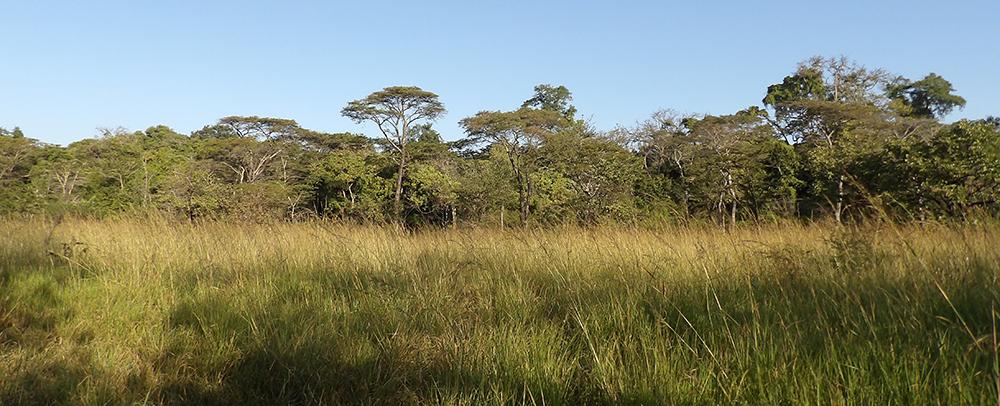
With its forest restoration, WeForest first tries to support nature to recover itself as much as possible. This means that if a degraded forest still can regenerate through resprouting of old stems or through the germination of tree seeds that arrive in the system, we do our best to assist natural regeneration, fostering the best chances of survival by reducing disturbance such as fire or grazing cattle, for example.

Only when natural regeneration potential is limited or totally absent do we resort to tree planting as means to improve forest cover where natural regeneration is patchy (ie. enrichment tree planting) or to reestablish the tree cover completely (ie. full tree planting). Depending on the landscape context, for instance where forest cover is severely reduced or where natural regeneration potential is low, this can still be an important part of many projects.
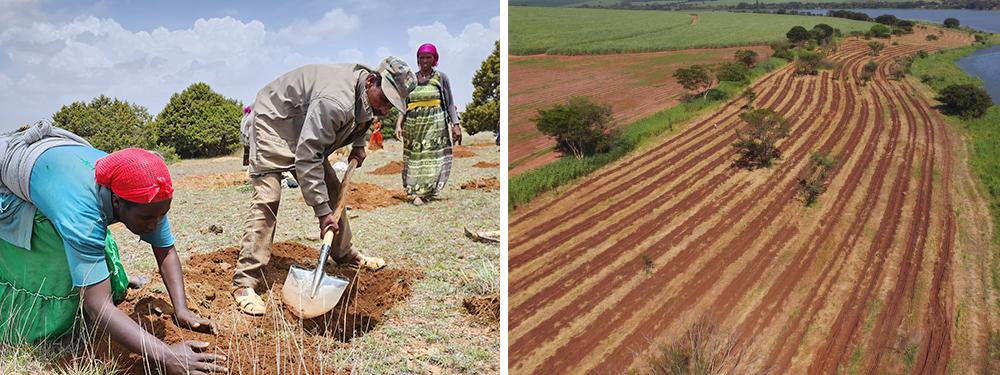
To ensure the long-term success of our FLR projects, WeForest promotes and supports ownership and sustainable forest management by local communities. Forest-friendly alternative income programmes such as agroforestry, beekeeping or conservation agriculture reduce pressure on the forests while improving incomes, food security and nutrition.
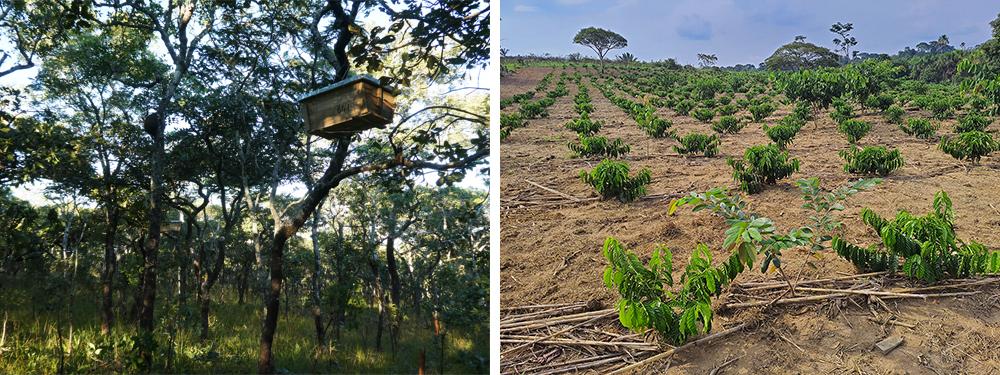
By including local communities in this way, we ensure that forest restoration efforts are sustainable, inclusive and aligned with their needs. Ecosystem services such as improved water retention and soil fertility return. Through this all-encompassing approach, we breathe new life into entire landscapes, reinstate biodiversity, and ensure the long-term resilience of our efforts.

